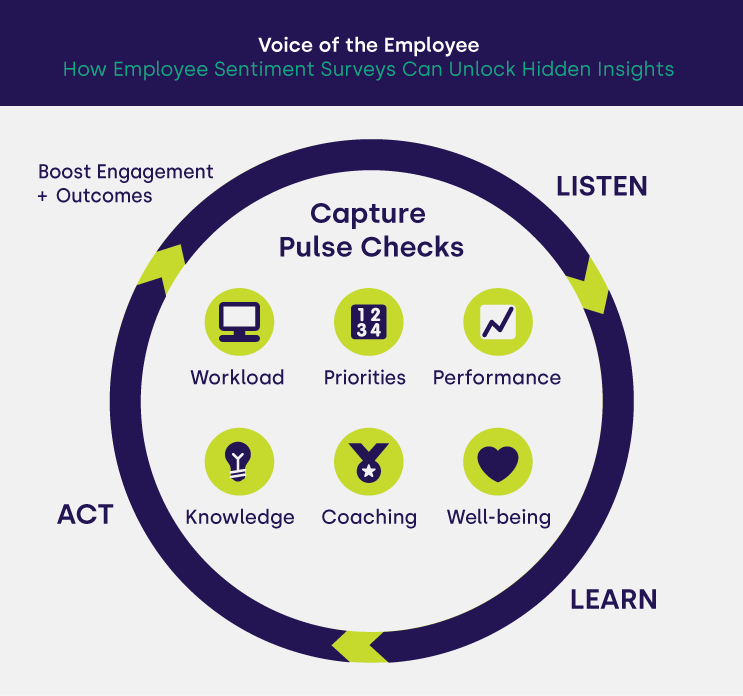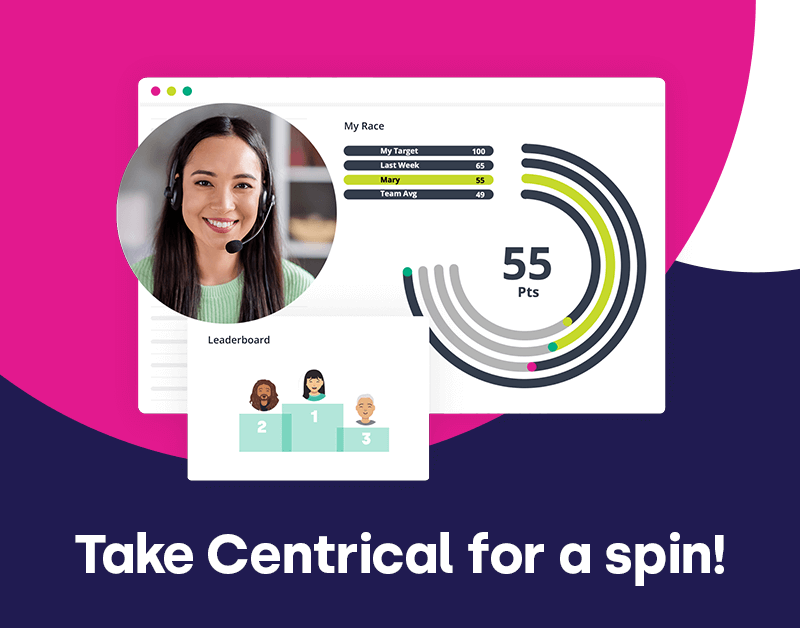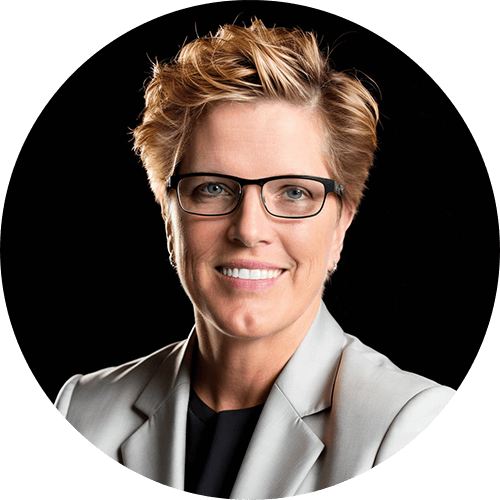Frontline Fatigue Is Real, but Invisible
Frontline employees across industries are being asked to meet rising expectations with fewer resources, tighter timelines, and constant change. They’re navigating complex customer conversations, adapting to new tools, and learning new products, policies and regulations.
Most performance management platforms don’t account for this reality. They track the visible, such as tasks completed, goals hit, and content consumed. This ignores the invisible load that makes or breaks performance.
This is the blind spot at the center of most workforce tools. When pressure builds and support disappears, learning stops being a growth moment. Traditional systems might flag a drop in performance, but they miss the underlying reasons.
A new class of engagement platforms is emerging. Systems informed by neuroscience, behavioral design, and the real ways people develop and perform under pressure. At their core, these tools don’t separate performance from engagement and well-being; they operate on the assumption that the two are inseparable. When used correctly, they create a responsive system where support is continuous.
Listening to the Voice of the Employee

There are many different ways an organization can capture the voices of its employees and truly listen to their needs.
The diagram above captures a core engine of Centrical’s platform: real-time pulse checks on workload, clarity on priorities, well-being, and coaching and training effectiveness. These brief surveys can initiate powerful signals to help managers better assist their team members. When pulse checks become part of a continuous feedback loop, managers and operations and sales leaders can turn these insights into immediate, relevant action. Centrical helps them see the drop in confidence before performance slips.
Here are some of the ways you can measure employee sentiment through pulse checks:
- Workload tells you if your employees feel overwhelmed or if they have the capacity to perform additional tasks and take on new responsibilities.
- Clarity on Priorities reveals whether a team member feels they have a clear understanding of which tasks are most important in their role.
- Performance captures a self-assessment of a team member’s success in their role and the impact they’re having.
- Knowledge shows whether team members feel equipped to do their job and have the knowledge needed to succeed.
- Coaching Effectiveness allows team members to evaluate their perceptions of how well coaching is helping them improve their performance, skills, and job satisfaction.
- Well-being gives them an opportunity to report emotional fatigue before it turns into burnout.
A Culture of Options, Not Ladders
The traditional career ladder no longer reflects how people actually grow. Especially on the frontline, where employees want flexibility, feedback, and opportunities that fit their needs and aspirations rather than predetermined trajectories.
Centrical responds to this shift by helping frontline teams create experiences as varied as the people on those teams. Whether someone needs a quick skill boost, wants to tackle a new challenge, or explore cross-functional opportunities, the platform adapts to the individual.
This is what we call On-the-job Upskilling: while employees excel in their current roles, the platform simultaneously prepares them for what’s next.
Centrical founder and CEO Gal Rimon compares this to product development: Centrical enables micro-pilots, small, focused experiments in skill-building that drive real progress. Employees see what is working. Leaders track results. Everyone builds momentum. In a world that changes by the week, this kind of agile development is what keeps teams moving forward.
The Science of Readiness
Fostering growth isn’t just about giving access to learning opportunities; it’s about building readiness to learn and presenting material in its most digestible form, leveraging technology to tailor it to the specific needs of each employee. The key shift is moving from performance tracking to performance readiness.
Neuroscience tells us that people learn best when they feel safe, seen, and supported. Systems built with this understanding make small but powerful changes:
- Clarity over chaos: Helping employees know what to focus on.
- Confidence through small wins: Recognizing effort as well as outcomes.
- Emotional alignment: Delivering coaching, feedback or learning at moments of relevance, not via scheduled content drops.
This psychology-informed architecture creates a state where the brain is not in survival mode; but open to growth. When emotional intelligence is intertwined with learning, readiness occurs.
A Platform Built for People, Not Just Performance
What if there was a better way to manage performance and develop frontline teams? Instead of pulling people away from their flow of work to “train,” Centrical integrates skill-building into the moments that matter most.
Picture this:
- A contact center agent receives a real-time prompt mid-shift with a quick tip on dealing with difficult or dissatisfied customers.
- A sales rep gets targeted feedback after a call that builds on yesterday’s performance.
- A retail associate completes a microlearning module reminding them about the current promotion that pops up right before their next customer interaction.
By acting as an emotional operating system, the platform supports real people navigating practical challenges. It creates clarity, autonomy, and confidence when employees need them most. As Gal Rimon puts it, “If you don’t tap into how people feel, they won’t be open to learning.” That simple idea sits at the core of the platform’s design.
Strategy Drives Execution
These new platforms understand that clarity, motivation, and recognition aren’t perks but prerequisites for success. When employees feel emotionally supported, they don’t just engage more: they execute better, stay longer, and grow faster. In doing so, they create better outcomes for customers and for the business, improving the overall customer experience.
How can frontline employees thrive in high-pressure environments? By having systems of feedback, encouragement, and accountability personalized to their individual needs.
“It’s not just performance, It’s well-being. It’s success. And it’s all blended,” says Rimon.
Get insights sent to your inbox
Engage and motivate your frontline teams
Improve performance with an AI-powered digital coach
Deliver world class CX with dynamic, actionable quality evaluations
Boost performance with personalized, actionable goals
Nurture employee success with the power of AI
Listen and respond to your frontline, continuously
Drive productivity with performance-driven learning that sticks
Drive agent efficiency, deliver client results
Keep tech teams motivated and proficient on products and services while exceeding targets
Maintain compliance while building customer happiness and loyalty
Enlighten energy teams to boost engagement
Engage, develop, and retain your agents while driving better CX
Improve the employee experience for your reservations and service desk agents








 Madeleine Freind
Madeleine Freind
 Natalie Roth
Natalie Roth Linat Mart
Linat Mart












 Doron Neumann
Doron Neumann Gal Rimon
Gal Rimon Daphne Saragosti
Daphne Saragosti Ella Davidson
Ella Davidson Ariel Herman
Ariel Herman Ronen Botzer
Ronen Botzer